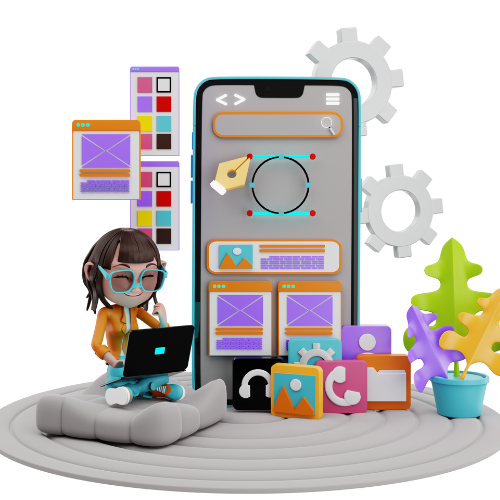A large language model (LLM) is a type of artificial intelligence model designed to understand and generate human language. These models are trained on vast amounts of text data, allowing them to perform a wide range of natural language processing tasks. Here are some key points about LLMs:
Key Features
- Training: LLMs are trained using deep learning techniques on extensive datasets, which helps them learn the statistical relationships between words and phrases.
- Capabilities: They can generate text, translate languages, summarise content, answer questions, and even assist in creative writing or coding.
- Architecture: Most modern LLMs use a transformer-based architecture, which is highly efficient for processing large-scale text data.
Popular Examples
- OpenAI’s GPT Series: including models like GPT-3.5 and GPT-4, known for their advanced language generation capabilities.
- Google’s BERT and PALM: These models excel in understanding context and semantics.
- Meta’s LLaMA: Another prominent family of LLMs used for various applications1.
Applications
- Chatbots and Virtual Assistants: LLMs power many of the conversational agents we interact with daily.
- Content Generation: They are used to create articles, reports, and other written content.
- Research Assistance: LLMs help in summarising research papers and extracting relevant information.
- Language Translation: They provide accurate translations between different languages.
LLMs are revolutionising the way we interact with technology, making it more intuitive and accessible.
For Join Classes for Digital Marketing with AI | Join us GDMA | with Live Projects


No Responses